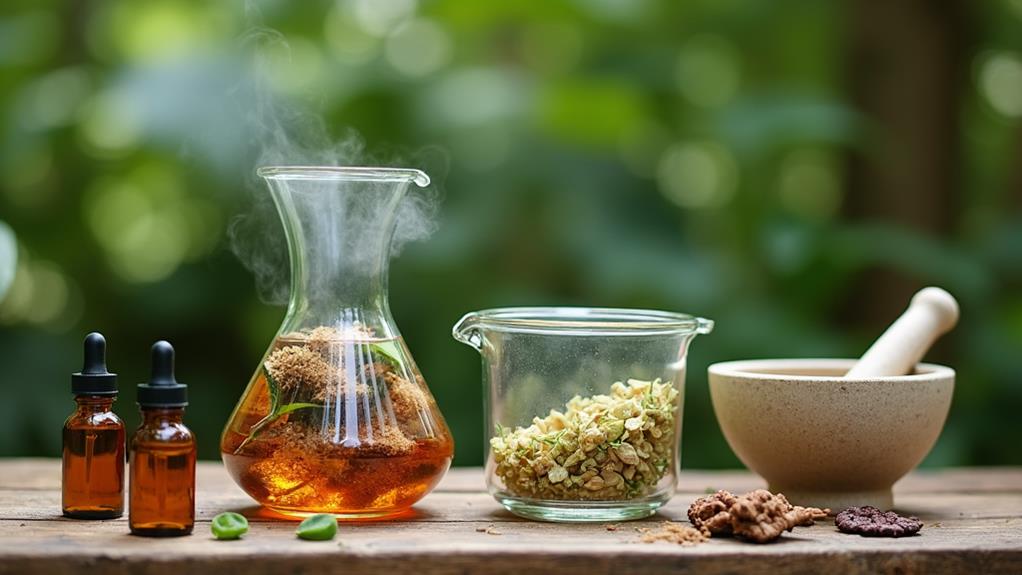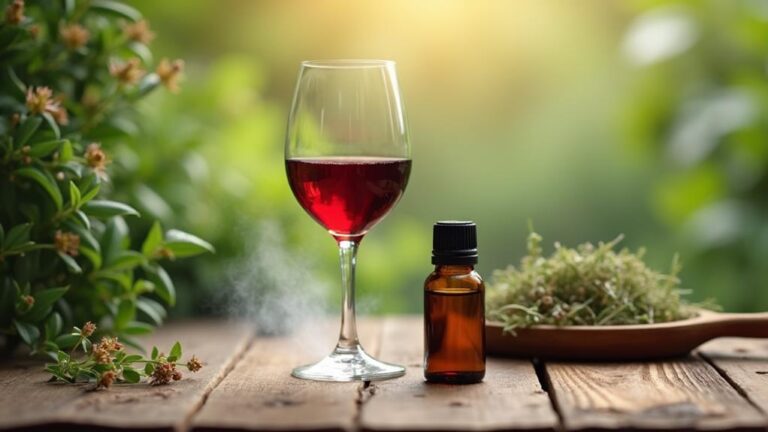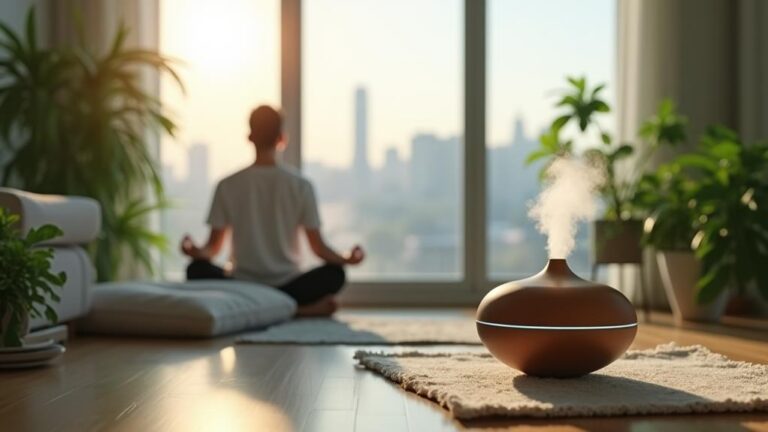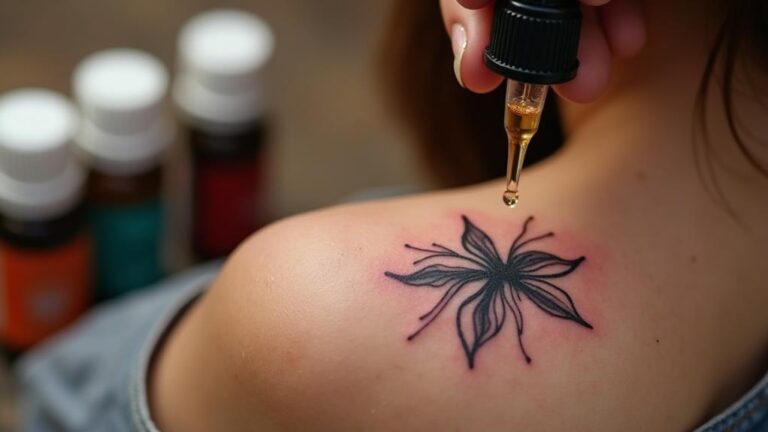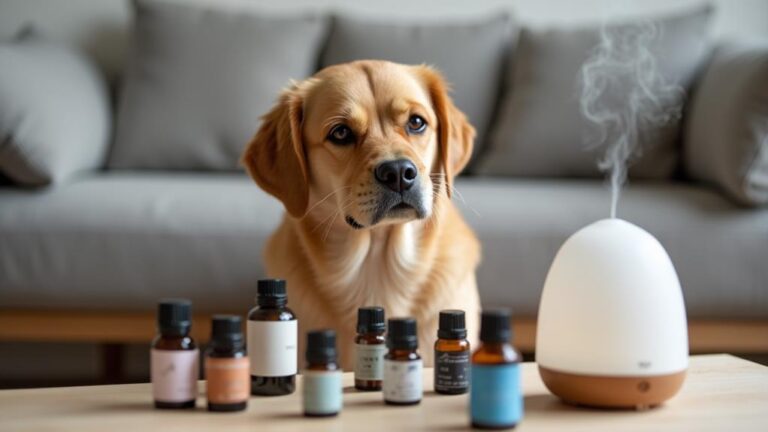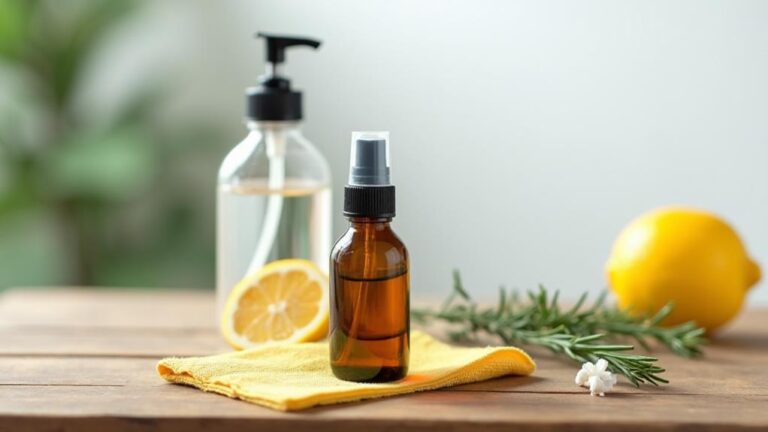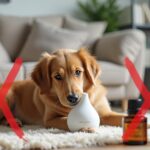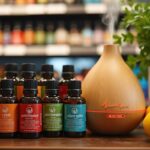As you set out on the journey to reveal the essence of nature, the world of essential oils extraction unfolds before you like a delicate flower awaiting its cue to bloom. To extract these potent oils, you'll need to master three key steps. First, you must prepare the plant material – but what does that entail? The process requires precision and patience to avoid contamination and moisture buildup. By understanding the intricacies of this initial step, you'll set yourself up for success in the extraction process. But what comes next, and how do you choose the right method for your specific plant material?
Key Takeaways
- Harvest plants at the right time for the highest oil content and quality, known as Fresh Harvesting.
- Dry plant material immediately after harvesting to prevent moisture buildup and contamination.
- Choose the right extraction method to guarantee the quality and potency of the essential oil.
- Distillation is a vital step in extracting high-quality essential oils, with steam and vacuum methods available.
- Monitor temperature and pressure during distillation to preserve the integrity of the essential oil.
Preparing the Plant Material
Preparing the plant material is a key step in essential oil extraction, as it directly affects the quality and yield of the final product. When it comes to plant material preparation, timing is pivotal.
You should harvest your plants at the best time to guarantee the highest oil content and quality. This is often referred to as Fresh Harvesting, where you harvest the plants when the oil glands are fully developed.
After harvesting, you need to dry the plant material to prevent spoilage and preserve the oil content.
Proper drying involves spreading the plant material in a single layer, allowing for air circulation, and maintaining a temperature between 60°F to 90°F (15°C to 32°C). This is known as Dry Storage.
You should dry the plant material immediately after harvesting to prevent moisture buildup and contamination.
You should monitor the moisture content of the plant material to guarantee it reaches the ideal level for extraction. Typically, the moisture content should be between 10% to 15%.
Choosing an Extraction Method
With your plant material properly prepared, you're now ready to decide on the best extraction method for your specific needs. Choosing the right method is vital in guaranteeing the quality and potency of your essential oil.
There are several extraction methods to choose from, including solvent extraction, expression, and mechanical pressing.
When selecting an extraction method, consider the type of plant material, the desired oil quality, and the equipment requirements. Solvent comparison is essential in determining the best solvent to use. Some common solvents include ethanol, hexane, and carbon dioxide.
Each solvent has its advantages and disadvantages, and the choice of solvent will impact the quality of the final product.
Conduct a cost analysis to determine the most cost-effective extraction method for your needs. Consider the cost of equipment, labor, and solvents. Some extraction methods, such as solvent extraction, may require a significant investment in equipment and solvents.
Others, such as expression, may be more labor-intensive but require minimal equipment. By carefully evaluating your options, you can choose the best extraction method for your specific needs and guarantee a high-quality essential oil.
Distilling the Essential Oil
[TEXT]:
You've selected your extraction method, and now it's time to distill the essential oil. Distillation is a vital step in extracting high-quality essential oils.
There are two primary distillation methods: steam distillation and vacuum distillation. Steam distillation methods involve injecting steam into a distillation apparatus, where it comes into contact with the plant material, releasing the essential oil. This method is commonly used for extracting essential oils from hardy plant materials, such as roots and bark.
Vacuum distillation techniques, on the other hand, involve using a vacuum to reduce the boiling point of the essential oil, allowing for a gentler extraction process. This method is ideal for delicate plant materials, such as flowers and leaves, which can be damaged by heat.
When distilling essential oils, it's vital to carefully monitor the temperature and pressure to prevent overheating or degradation of the oil. By following proper distillation techniques and using high-quality equipment, you can extract essential oils that are pure, potent, and of high therapeutic value. Proper distillation is critical in preserving the integrity of the essential oil.
Frequently Asked Questions
Can I Use Essential Oils on Sensitive Skin Types?
When using essential oils on sensitive skin, you'll want to exercise caution to avoid skin reactions. Perform allergy testing by applying a diluted oil to a small area, monitoring for any adverse reactions before using.
How Do I Store Extracted Essential Oils Safely?
To store your extracted essential oils safely, you'll need to choose dark glass oil containers, keep them airtight and away from direct sunlight, and maintain proper storage conditions with temperatures between 60-70°F and low humidity.
Are Essential Oils Safe for Use Around Pets?
You're wise to take into account pet safety, as 1 in 5 households use essential oils. When using them around pets, be aware of pet toxicity risks and take essential precautions to avoid adverse reactions, like dilution and ventilation.
Can I Ingest Essential Oils for Health Benefits?
When considering ingesting essential oils for health benefits, you must carefully evaluate internal dosage, as essential oils can exhibit toxicity if taken in excess, emphasizing the need for cautious and informed self-administration practices.
Are Essential Oils Regulated by Any Government Agency?
You're likely wondering if essential oils are regulated by a government agency, ensuring safety and efficacy. In the US, FDA and EPA provide some government oversight, but essential oil regulation is largely self-policed by the industry itself.
Conclusion
As you've extracted the essence, think of it as opening a treasure chest, where the true value lies not in the chest itself, but in the wisdom of the journey. You've carefully prepared the key, chosen the right tool to access it, and skillfully opened the chest, releasing the treasure of the essential oil. Now, it's up to you to harness its power, just as a master craftsman does, to create something truly remarkable.


